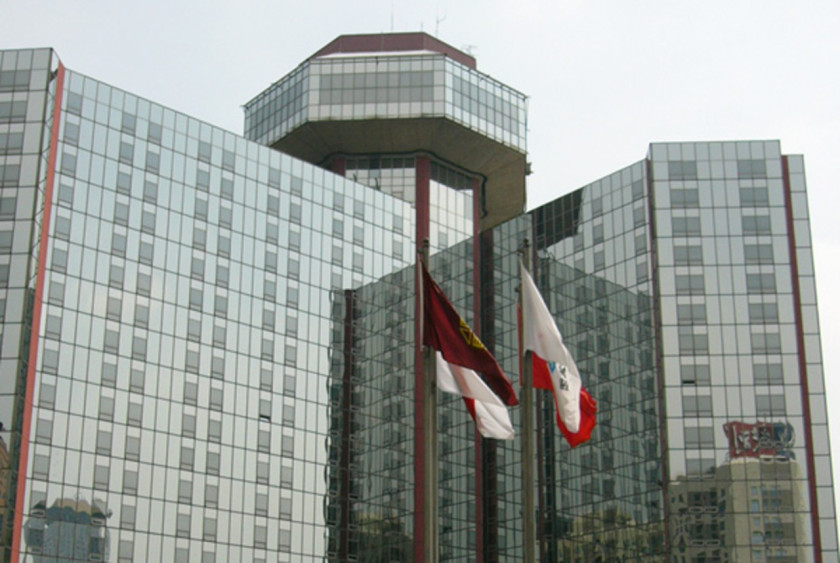HZB is involved in the Helmholtz exchange programme with China

With regard to Chinese institutions, the Helmholtz Beijing Office (photo) wants to promote the Helmholtz Association and its outstanding research environment and facilities as an attractive location for the training of young scientists. Photo © Helmholtz-Gemeinschaft
The Helmholtz Association and the Office of China Postdoctoral Council, OCPC, are establishing a common exchange programme for Chinese postdocs. The young scientists will be researching at eight Helmholtz centres for two years before returning to China. HZB is also involved in the exchange programme, which runs from 2017 to 2021.
Two Chinese postdocs have recently started working at HZB, funded by a stipend from the programme. Dr. Junming Li is researching in the young investigator group “Materials and Interfaces for Stable Perovskite Solar Cells”. This group is headed by Dr. Antonio Abate, who is presently at Fuzhou University in China as a visiting professor. The second postdoc, Hongtao Yu, is working in the group of Prof. Dr. Yan Lu, an expert for colloid chemistry. Two more postdocs will be arriving at HZB at the beginning of 2018 in the scope of this exchange programme.
For their research stay, the postdocs are receiving a scholarship equally co-funded by the Chinese OCPC and the host centre. In total, 50 young researchers this year have received the opportunity to research at the Helmholtz centres under the supervision of experienced scientists, and to acquire valuable international experience.
The exchange programme between the Helmholtz Association and OCPC is the first of its kind on this scale. Previously, only very few young OCPC postdocs from China would be given the opportunity to research in another country. The postdoctoral exchange programme is intended to create a basis for long-term, sustainable cooperation between the two countries in science and education.
Helmholtz Centres involved:
FZJ (coordination), DESY, HZB, HZI, GFZ, GSI, KIT and HMGU
Also involved is the Helmholtz office in Beijing.
(sz)
https://www.helmholtz-berlin.de/pubbin/news_seite?nid=14743;sprache=en
- Copy link
-
The twisted nanotubes that tell a story
In collaboration with scientists in Germany, EPFL researchers have demonstrated that the spiral geometry of tiny, twisted magnetic tubes can be leveraged to transmit data based on quasiparticles called magnons, rather than electrons.
-
Bright prospects for tin perovskite solar cells
Perovskite solar cells are widely regarded as the next generation photovoltaic technology. However, they are not yet stable enough in the long term for widespread commercial use. One reason for this is migrating ions, which cause degradation of the semiconducting material over time. A team from HZB and the University of Potsdam has now investigated the ion density in four different, widely used perovskite compounds and discovered significant differences. Tin perovskite semiconductors produced with an alternative solvent had a particular low ion density — only one tenth that of lead perovskite semiconductors. This suggests that tin-based perovskites could be used to make solar cells that are not only really environmentally friendly but also very stable.
-
Synchrotron radiation sources: toolboxes for quantum technologies
Synchrotron radiation sources generate highly brilliant light pulses, ranging from infrared to hard X-rays, which can be used to gain deep insights into complex materials. An international team has now published an overview on synchrotron methods for the further development of quantum materials and technologies in the journal Advanced Functional Materials: Using concrete examples, they show how these unique tools can help to unlock the potential of quantum technologies such as quantum computing, overcome production barriers and pave the way for future breakthroughs.
